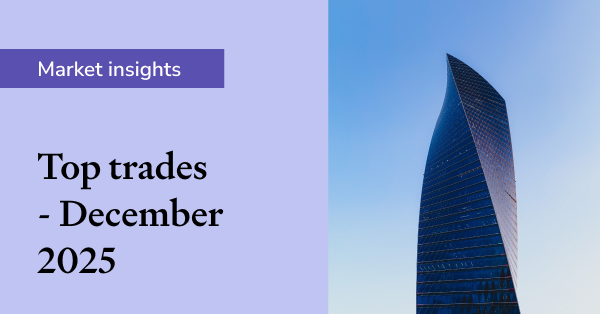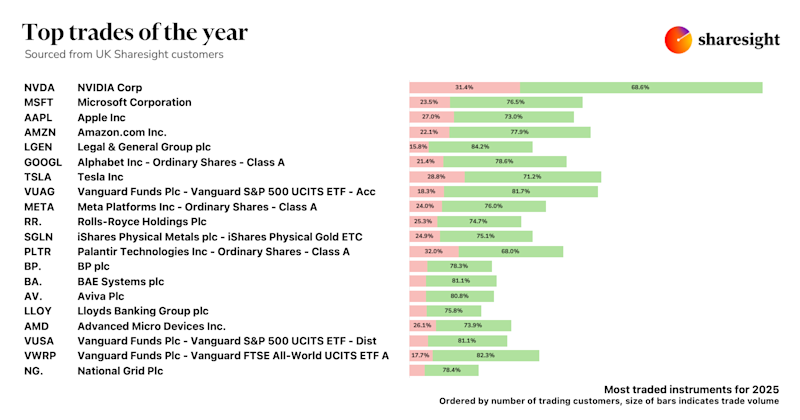How to calculate franking credits on your portfolio
When introduced in Australia 1987, the original intent of the dividend imputation regime was to stop the double taxation of company dividends. Australia was the first country in the world to introduce this double taxation avoidance regime.

Dividend imputation introduced the concept of franking credits. Prior to the introduction of franking credits, company earnings were effectively taxed twice -- once at the company level, then dividends paid were taxed again at the individual level as income.
What are franking credits?
Companies distribute profits to shareholders through dividends. Because the company pays tax (currently 30%) before these dividends are paid, the dividend may carry a ‘franking credit’ equivalent to the tax paid by the company in Australia.
For the individual investor, this franking credit (alternatively called an ‘imputation credit’) entitles the investor to receive a credit for the tax already paid by the company on this dividend against their own income when they complete their individual tax return. In cases where the tax already paid exceeds the individual’s marginal tax rate, the ATO will refund the difference in cash (under current rules).
What are fully franked dividends?
Fully franked, or 100% franked dividends, carry tax paid on profits at the full company tax rate of 30% and are highly valued by investors (and particularly by SMSFs) for their favourable tax treatment and cash refunds. With the company tax rate of 30%, these dividends impact investors differently depending on their marginal tax rate:
-
On a marginal tax rate greater than 30%: The franking credit is credited against your marginal rate, with tax paid on the difference
-
On a marginal tax rate of 30%: The dividend is not taxed
-
On a marginal tax rate less than 30%: The ATO refunds the franking credit value to the investor
For example, Telstra’s dividends are 100% franked. Telstra shareholders’s dividend distribution looks something like below in Sharesight:

What investments pay franking credits?
Companies that don’t pay tax in Australia, such as those with revenues earned exclusively outside Australia, will not pay franked dividends as they are not subject to company tax.
If a company has paid the full rate of company tax on their profits in Australia, shareholders will receive a tax credit on dividends at the existing company tax rate, which is currently 30%.
Companies that don’t earn a profit in a financial year, or lower their company tax rate by carrying forward previous losses, will be subject to a lower, or a nil company tax rate, which will result in either a partially franked dividend, or unfranked dividends.
CSL is an example of an ASX listed company that derives most of its revenues from outside Australia. Its dividends in 2018 don’t include a franking component as these profits were earned overseas. See the Sharesight screenshot below:

Do managed funds and ETFs pay franking credits?
Many investors are unsure about whether managed funds and ETFs pay dividends that include franking credits. If the managed fund or ETF invests in an Australian company that distributes franking credits with their dividends, then those franking credits are passed through to the shareholder.
For example, have a look at how Vanguard’s Australian Shares ETF (ASX: VAS) dividend distribution looks in Sharesight:

Track your franking credits with Sharesight
Sharesight automatically tracks the franking credits received with dividends. Investors can then run Sharesight’s Taxable Income Report to calculate the impact of franking credits on their investment performance. Here’s the Taxable Income Report in action, showing the value of franking credits received:

Sign-up for Sharesight to track your investments
Unlock the value of your franking credits by tracking your investment portfolio with Sharesight. Built for the needs of Australian investors:
-
Get the true picture of your investment performance, including the impact of brokerage fees, dividends, and capital gains with Sharesight’s annualised performance calculation methodology
-
Sharesight automatically tracks your daily price & currency fluctuations, as well as handles corporate actions such as dividends and share splits
-
Run powerful tax reports built for investors, including Capital Gains Tax and Unrealised Capital Gains Tax
Sign up for a FREE Sharesight account and get started tracking your investments today.
Important Disclaimer: We do not provide tax or investment advice. The buying of shares can be complex and varies per individual. You should seek tax and investment advice specific to your situation before acting on any of the information in this article.
FURTHER READING

Sharesight users' top trades – December 2025
Welcome to the December 2025 edition of Sharesight’s monthly trading snapshot, where we look at the top buy and sell trades by Sharesight users over the month.

Top trades by UK Sharesight users in 2025
Welcome to the 2025 edition of our UK trading snapshot, where dive into this year’s top trades by the Sharesight userbase.

Top trades by global Sharesight users in 2025
Welcome to the 2025 edition of our global trading snapshot, where we dive into this year’s top trades by Sharesight users around the world.